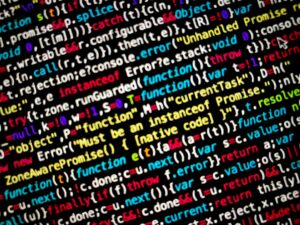In the digital age, academic institutions face an unprecedented challenge: maintaining the integrity of scholarly work. Artificial Intelligence (AI) plagiarism checkers have emerged as powerful allies in this battle, revolutionizing the way educators and institutions safeguard academic honesty.
Turnitin, a leading plagiarism detection service, processes over 100 million submissions annually. This staggering figure underscores the critical role AI plays in upholding academic standards. These advanced tools employ sophisticated algorithms to scan vast databases of academic papers, published works, and online content, identifying potential instances of plagiarism with remarkable accuracy.
AI plagiarism checkers don’t just compare text; they analyze writing styles, sentence structures, and even contextual relevance. This multi-faceted approach allows them to detect not only direct copying but also paraphrasing and idea theft. The University of Oxford, known for its academic rigor, has integrated AI-powered plagiarism detection into its assessment processes, setting a new standard for educational institutions worldwide.
One of the most significant impacts of AI plagiarism checkers is their deterrent effect. Students, knowing their work will be scrutinized by these intelligent systems, are more likely to produce original content. This shift in behavior fosters a culture of academic integrity and encourages critical thinking and creativity.
Moreover, AI plagiarism checkers serve as educational tools. When students receive detailed reports highlighting potential issues in their work, they gain a deeper understanding of proper citation practices and the importance of academic honesty. This learning experience extends beyond avoiding plagiarism, enhancing overall writing skills and research methodologies.
The efficiency of AI in plagiarism detection has also revolutionized the workload of educators. Professors at institutions like Harvard University can now focus more on teaching and mentoring, rather than spending countless hours manually checking for academic dishonesty. This shift allows for a more productive and engaging academic environment.
As AI technology continues to advance, plagiarism checkers are becoming increasingly sophisticated. Google’s natural language processing algorithms, for instance, are being adapted to understand context and nuance in academic writing, further refining the accuracy of plagiarism detection.
It’s worth noting that AI plagiarism checkers are not infallible. False positives can occur, and human oversight remains crucial. However, these tools provide an invaluable first line of defense, significantly reducing the prevalence of academic dishonesty.
The impact of AI plagiarism checkers extends beyond academia. In the professional world, companies like Grammarly are incorporating plagiarism detection into their writing assistance tools, promoting originality in business communications and content creation.
As we look to the future, the role of AI in maintaining academic integrity will only grow. Machine learning algorithms will continue to evolve, adapting to new forms of plagiarism and providing even more nuanced analysis of academic work.
In conclusion, AI plagiarism checkers are not just tools; they’re catalysts for a fundamental shift in academic culture. By promoting originality, fostering integrity, and allowing educators to focus on teaching, these intelligent systems are shaping a new era of academic excellence. As we embrace this technology, we pave the way for a future where authentic scholarship and innovation flourish.











